Leading the Way in Treating
Cancer with Radiation
McLeod Radiation Oncology holds international recognition for the highest level of safety and effectiveness in care. Following a rigorous and voluntary audit conducted by an independent third-party panel of experts in radiation oncology, McLeod is distinguished as a Cancer Center that exceeds standard measurements for delivery of quality care. One of only eight Novalis Certified Cancer Centers in the United States, McLeod is the only such cancer center in South Carolina. The hospital also represents one of only 46 certified centers worldwide.


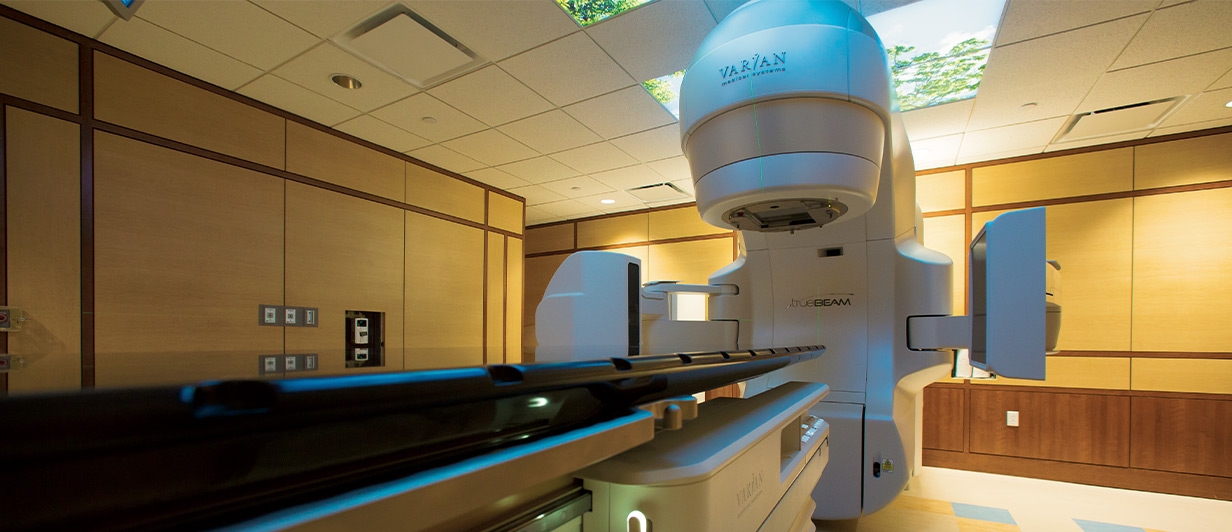
-
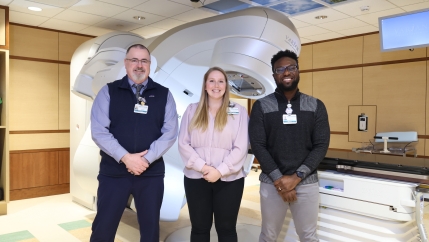
The McLeod Physics Team
The McLeod Radiation Oncology department includes three board-certified medical physicists. These medical physicists support the diagnosis and treatment of disease through their understanding of the underlying scientific principles of imaging and therapeutic processes. They use this knowledge to perform and supervise technical aspects of radiation treatment as well as lead the accreditation efforts for the McLeod Radiation Oncology department to ensure safe and effective care of our patients.
READ MORETobin Hyman has 28 years of experience in Radiation Oncology and has served as the Chief Medical Physicist at McLeod since 2007. He has been board certified in Therapeutic Radiologic Physics since 2000. Hyman also serves as a Senior Physicist Surveyor for the American College of Radiology and as a member of the North Carolina Department of Health and Human Services Medical Accelerator Working Group. A former member of the ACR-ROPA committee from 2017 to 2022, Hyman has spent 13 years participating in the ACR Radiation Oncology Practice Accreditation program as a surveyor. He graduated Summa Cum Laude from Francis Marion University with a Bachelor of Science in health physics and completed a Master of Science in health physics from the University of Florida.
Brittany Earl joined the McLeod team in 2019. She earned her board certification from the American Board of Radiology in April 2022. During her residency at the Mary Bird Perkins Cancer Center in Baton Rouge, Louisiana, Earl served as Chief Resident for the Center’s Commission on Medical Physics Education Programs (CAMPEP) Accredited Residency Program. She graduated Magna Cum Laude with a Bachelor of Science in physics from North Carolina State University. She also completed a Master of Science in medical physics at Duke University where she earned the Directors Award for Exemplary Service for the Duke University Medical Physics Graduate Program.
Ben Dapaah-Afriyie has been a member of the McLeod Physics team since 2019. He received board certification from the American Board of Radiology in October 2022. He also completed his residency at the CARTI Cancer Center in Little Rock, Arkansas. A CAMPEP Accredited Resident, Dapaah-Afriyie was one of two residents and six staff physicians at CARTI covering six cancer centers throughout the state with general duties including routine quality analysis of Varian Linacs, clinical workflow improvement projects, and patient treatment review in a paperless environment using MOSAIQ R&V. A graduate of the College of the Holy Cross with a Bachelor of Arts in physics, Dapaah-Afriyie completed a Master of Science in medical physics at Cleveland State University, a CAMPEP Accredited Graduate Program.
Close -
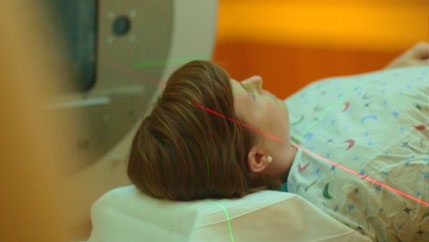
More Targeted Radiation Shrinks Tumors & Treatments
During the past five years, McLeod has installed three TrueBeam linear accelerators offering patients in the region access to Stereotactic Radiosurgery (SRS) and Stereotactic Body Radiotherapy (SBRT). SRS is a non-surgical radiation therapy that treats cancerous tumors in the brain and spine.
READ MOREThis form of treatment allows the McLeod Radiation Oncology team to deliver precisely-targeted radiation with sub-millimeter accuracy in a fewer number of treatments offering patients more convenience and a better quality of life. When the team uses radiotherapy to treat tumors in areas of the body other than the brain and spine (lung, liver, adrenal gland, prostate); it is referred to as stereotactic body radiotherapy. These two forms of treatment, performed at McLeod, function differently from conventional radiation in that the intent involves delivering an ablative dose to overwhelm all of the abilities of a cancer cell to defend itself.
Advantages of the TrueBeam linear accelerators include the degree of precision offered, the submillimeter accuracy which minimizes harm to healthy tissue and adjacent critical structures such as the spinal cord or lungs, and a platform that moves in six dimensions to position the patient in the best possible way for treatment. Featuring advanced imaging capabilities such as cone-beam CT, these linear accelerators also allow the team to conform the radiation dose to the tumor target, verify the location and shape of the tumor and make adjustments during treatment.
Close -
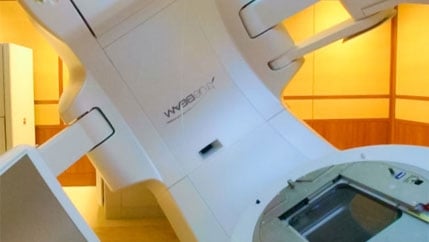
Stereotactic Radiosurgery (SRS) Targets Brain Cancer
When performing stereotactic radiosurgery to the brain, the team ensures extreme precision and accuracy with the TrueBeam STx linear accelerator. This linear accelerator features stereoscopic X-rays and frameless technology, which means the McLeod team delivers highly accurate single fraction treatment without the conventional, invasive frame applied to the patient’s head.
READ MOREPrecise patient set up, tumor targeting, and continuous tracking of patient movement is accomplished through image guided radiotherapy (IGRT). Additionally, this particular linear accelerator allows the McLeod Radiation Oncology team to improve treatment times for patients. The team can treat unlimited tumors in a patient’s brain in one 30 to 45-minute treatment session rather than 30 to 45 minutes per tumor.
In addition to cancer, SRS can be used to treat benign conditions such as schwanomas, acoustic neuromas and Arteriovenous Malformations (AVMs).
Close -
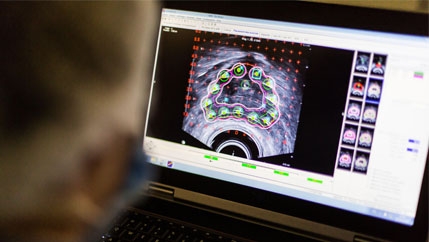
Treating Cancer with Radiation Inside the Body
Not all radiation therapy comes from a huge device pointed at the body. Another effective radiation technique is Brachytherapy, where small “seeds” of radioactive material are placed close to the tumor. Prostate, brain and head and neck cancer treatments can be treated with Brachytherapy.
-
McLEOD REGIONAL MEDICAL CENTER FLORENCE
843-777-2000 -
McLEOD DARLINGTON
843-777-1100 -
McLEOD DILLON
843-774-4111 -
McLEOD LORIS
843-716-7000 -
McLEOD SEACOAST
843-390-8100 -
McLEOD CHERAW
843-537-7881 -
McLEOD CLARENDON
803-433-3000



-
McLEOD REGIONAL MEDICAL CENTER FLORENCE
843-777-2000 -
McLEOD DARLINGTON
843-777-1100 -
McLEOD DILLON
843-774-4111 -
McLEOD LORIS
843-716-7000 -
McLEOD SEACOAST
843-390-8100 -
McLEOD CHERAW
843-537-7881 -
McLEOD CLARENDON
803-433-3000
 Find a Doctor
Find a Doctor  Locations
Locations  Services
Services